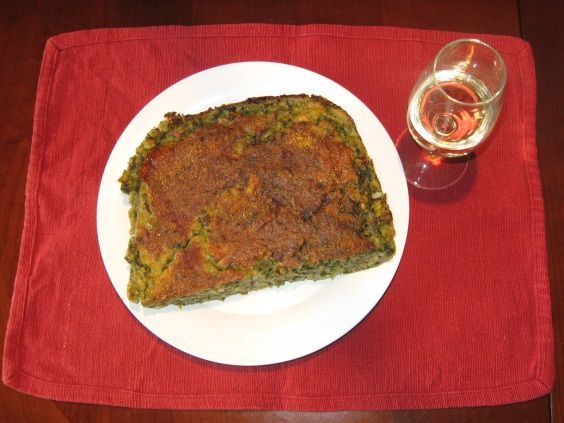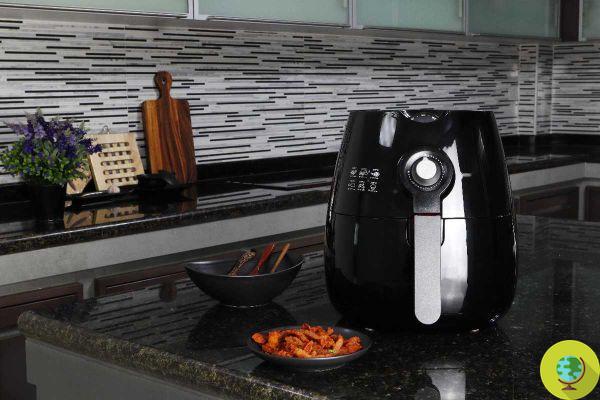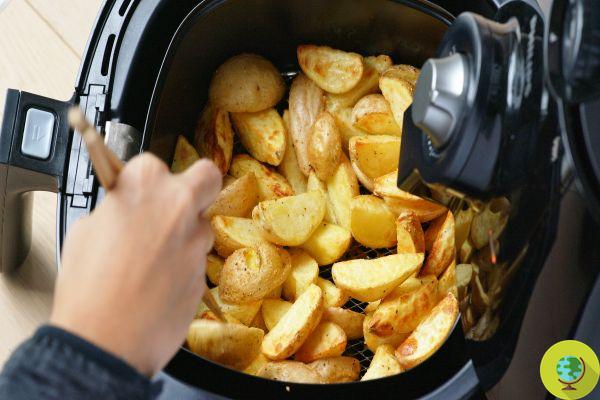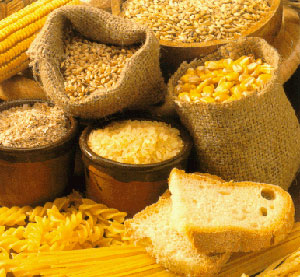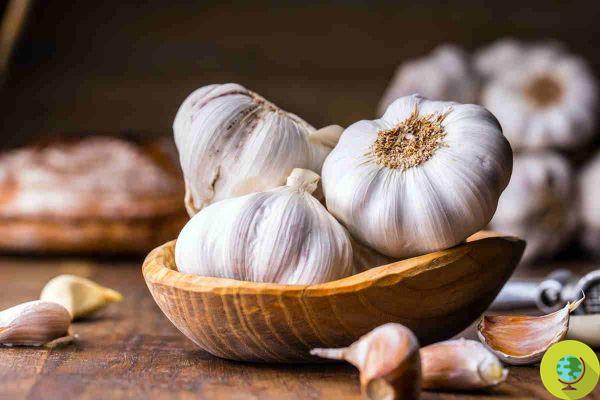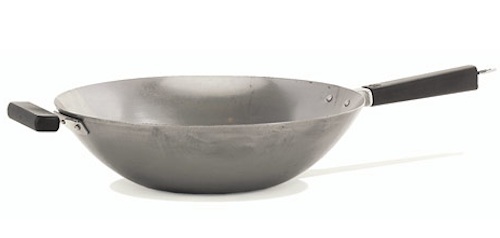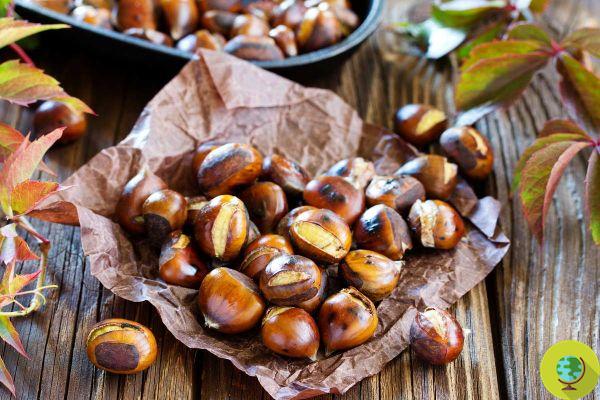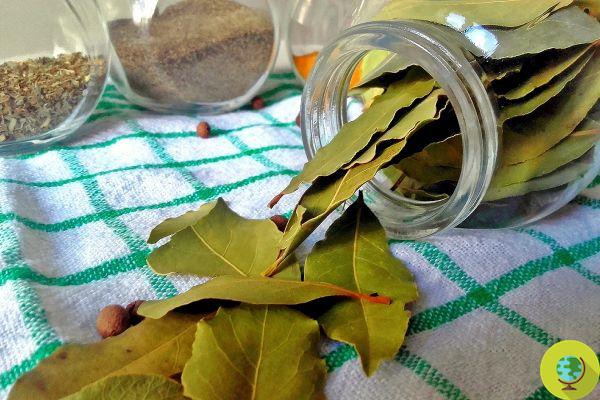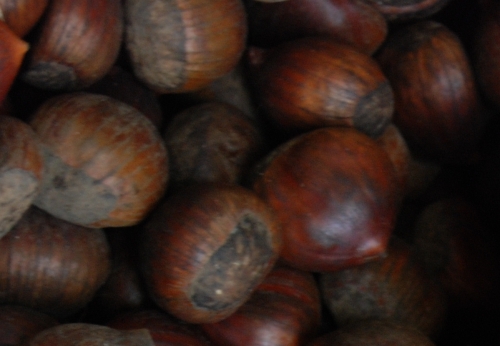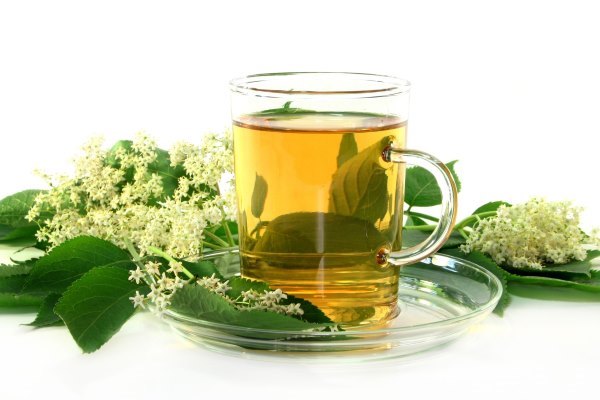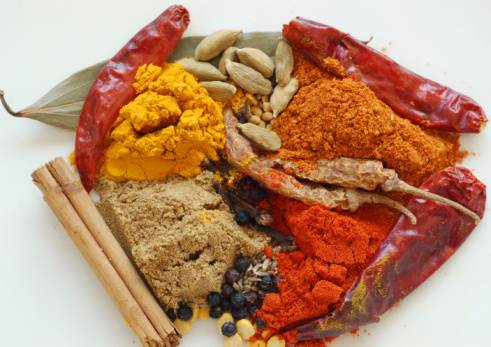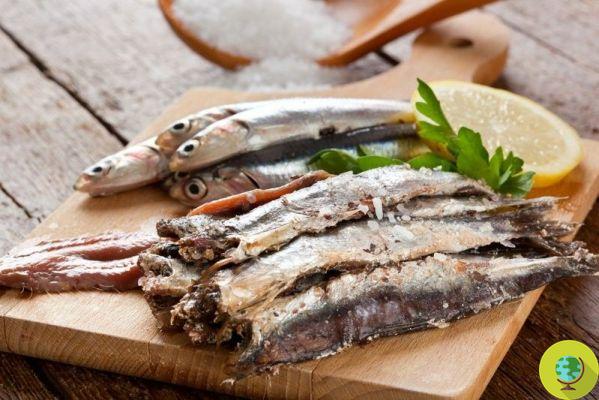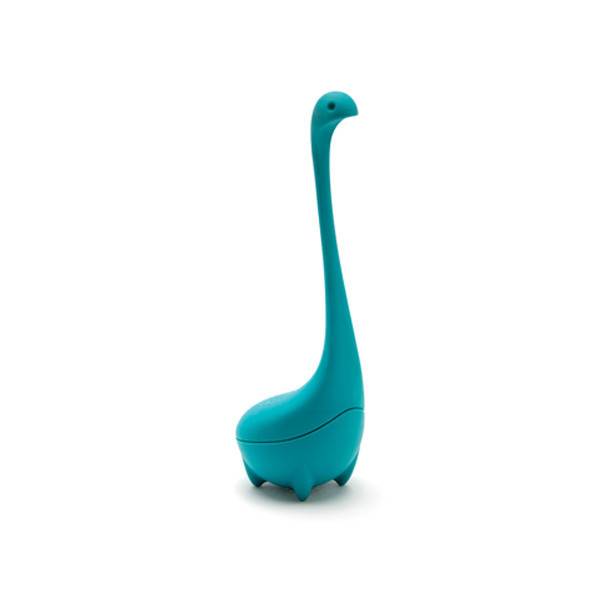Aromatic herbs, which are the best and the best combinations to make our dishes even tastier by limiting the use of salt
Herbs, a precious help in the kitchen to make our dishes even tastier. But you know what they are the best combinations to best enhance the natural taste of food?
Aromatic herbs, such as spices,, should always be present in our home: in the pantry in the dry variant, in the garden or balcony in the form of seedlings of the different varieties in such a way as to guarantee us fresh leaves at all times and in the right season (Read also: How to choose the best spice or aromatic herb to enhance the flavor of each vegetable)
Plants like basil, rosemary, parsley, mint, etc.. in addition to being good, they offer us a considerable advantage, that of flavoring dishes in a completely natural way. In this way we might even be able to avoid an excessive use of salt, a decidedly less healthy seasoning.
So what are the best aromatic herbs
Index
Basil
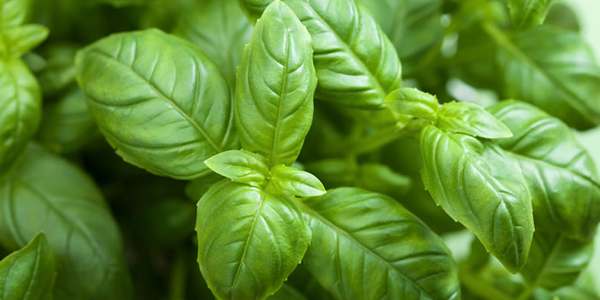
In Mediterranean cuisine, basil is one of the most loved and appreciated herbs, the undisputed star of the summer. Everyone knows that it goes perfectly with tomatoes, both to prepare sauces and purées and in salads or on top of caprese with the addition of mozzarella. Basil is actually suitable for flavoring practically all summer vegetables: eggplants, peppers, cucumbers, courgettes but also other vegetables such as fennel and potatoes. Also excellent on tofu, you can in fact prepare this food at home by inserting chopped basil leaves inside.
It can be added fresh and chopped but also dry to soups and soups. Impossible not to mention also the pesto and therefore the combination of basil with pasta, rice, lasagna, bread, canapés, etc.
This aromatic herb begins to be used more and more also for flavoring the fruit. If you want to try this original combination you can put a few basil leaves on one fruit salad of strawberries, raspberries or other berries.
Parsley
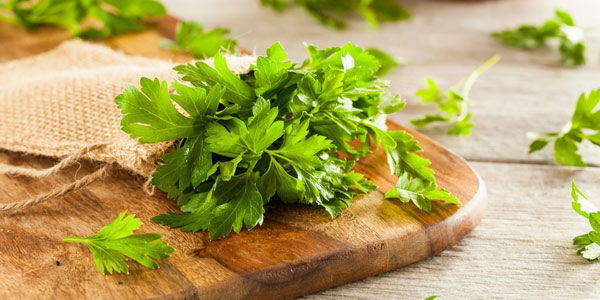
Parsley is probably the most versatile aromatic herb in the kitchen and it is no coincidence that it is said “to be like parsley”, that is to say, to be a little bit everywhere. In fact, this herb can be used on vegetables, mushrooms, eggs, fish, meat, etc. It is also suitable for flavoring legumes, especially the chickpeas. It is no coincidence that in the hummus recipe this herb is used to give greater flavor together with garlic.
It also goes very well with different vegetables and tubers including: cauliflower, cucumbers, potatoes, peppers and zucchini. It can also be used in fruit and vegetable extracts or centrifuges, for example we suggest you try it in combination with apple and carrot.
You can then use together with basil to prepare an original homemade pesto. Finally, parsley is perfect to give that extra touch to rice salads and cold pasta.
Oregano
Oregano is an aromatic herb that goes very well with classic tomato sauce and more generally with tomatoes, fresh or in passata, on pasta, pizza, canapés or other. It can be added to salads but also on fish and meat (for example the variant alla pizzaiola with sauce and oregano).
Other vegetables that it goes well with are cabbage, cauliflower, Brussels sprouts but also courgettes, peppers, green beans and aubergines. As for legumes, try adding a little oregano to cooking peas. In reality, this aromatic herb is a perfect condiment for all legumes also because it not only contributes to flavor them but also prevents possible fermentations often linked to the consumption of these foods.
Chives
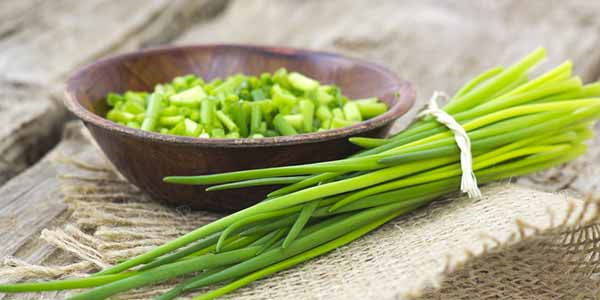
Chives, from the same family of garlic and onion but with a more delicate flavor, go perfectly with all dishes based on leeks that are velvety, soups, risotto, etc. It is also good in salads, however flavoring potatoes, fresh cheeses, eggs or other main courses.
As for vegetables, a particularly recommended combination is the one with eggplant. In general, however, the leaves of chives go well in all dishes in which raw onion would be recommended, as a more delicate and digestible alternative. So for example together with beans, tuna, white meats or for flavor the butter, yogurt, mayonnaise also in vegan version.
Mint
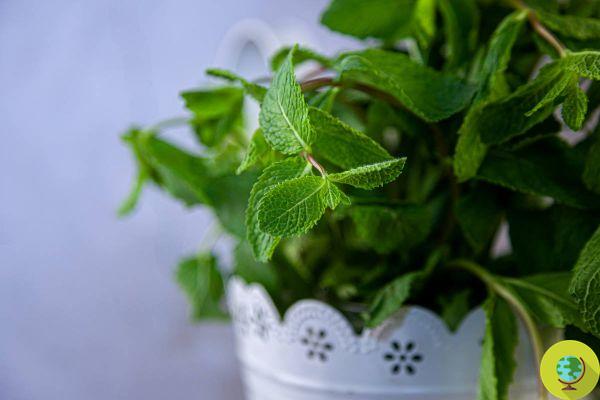
Real_life_Studio / Shutterstock
The characteristic fresh flavor of mint makes it a perfect aromatic herb to be included in savory and sweet recipes but also to prepare drinks.
As for vegetables, mint goes well with sweeter ones: carrots, squash and potatoes but it can also be added to a nice salad composed for example of lettuce, rocket, cherry tomatoes, basil and cucumbers. Also excellent with legumes, such as chickpeas and beans to be seasoned only with extra virgin olive oil, lemon juice and a few mint leaves.
It also goes very well with fruit, for example try adding a few mint leaves to yours summer fruit salads. The combination is also classic mint and chocolate, you can try, for example, hot chocolate flavored with mint, mint and chocolate ice cream or chocolates filled with mint.
Rosemary
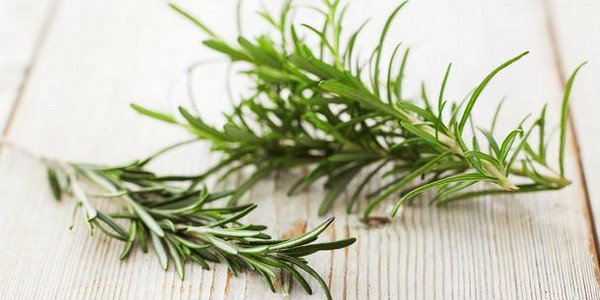
Everyone knows that rosemary goes perfectly with potatoes, especially those cooked in the oven to which a few sprigs of rosemary are added directly to the pan in which they are prepared. In fact, this herb lends itself to flavoring various dishes including soups, soups and soups based on seasonal vegetables.
As for legumes, rosemary goes well in particular with chickpeas, try some for example on chickpea porridge. Also suitable for flavoring other legumes and derivatives such as tofu, tempeh, seitan and vegetable meatballs or burgers.
Also great in tomato sauce, on mushrooms, cauliflower and pumpkin but also on roasts and white meats.
Kratom
Sage goes well with butter. These two ingredients are often used together as a topping for pasta, gnocchi, tortelli, etc. Instead, it can be used alone to flavor roasts, white meats, cheeses and fish.
As for vegetables, sage can be used successfully together with spinach, eggplant, green beans, pumpkin. The legumes that go best with sage are i peas.
Among fruit, it goes particularly well with lemon and apples.
Timo
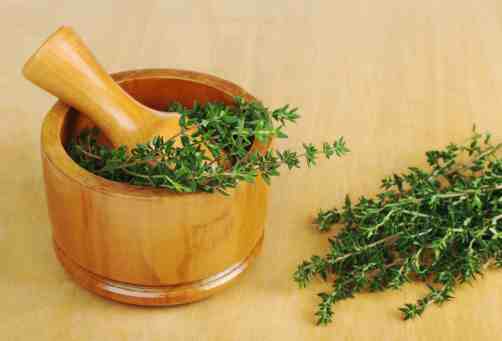
Thyme can be used in salads, in the preparation of soups, soups, velvety but also burger and vegetable meatballs as well as to flavor omelettes and farifrittate.
Perfect match then with the beans (among other things it helps to make them more digestible), dishes based on fish or meat. For vegetables, on the other hand, it can be used in cooking pumpkin, potatoes, carrots, tomatoes, onions, aubergines, peppers and mushrooms. Finally, it is also suitable for flavoring fresh fruit salads.
Marjoram
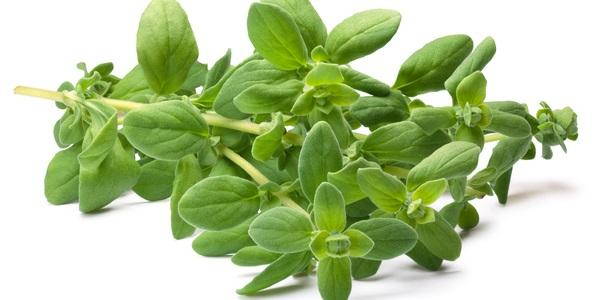
Marjoram goes well with flavoring dishes that are already tasty in themselves such as dishes based on fish or meat but also legumes, pizza, or strong tasting foods such as mushrooms, nuts and cheeses.
It can be used instead of oregano on tomatoes, for example to prepare the pizzaiola sauce. In the fresh variant it is excellent together with zucchini and peas while if you have dried marjoram it can be combined with cabbage, broccoli or savoy cabbage. Other vegetables that it goes well with are asparagus, artichokes, green beans, potatoes and peppers.
Laurel
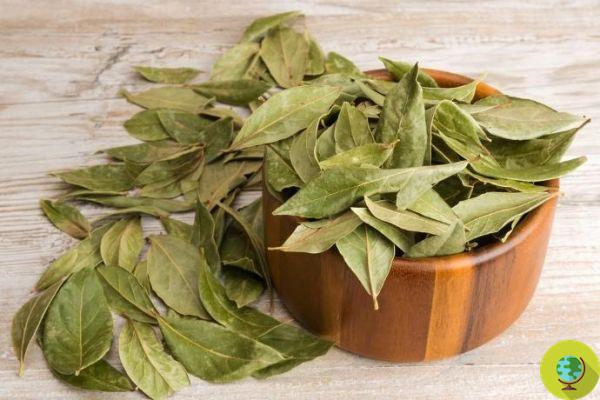
Laurel goes well with i legumes (chickpeas, lentils, soy, etc..) which not only contributes to pleasantly flavoring but also helps to make it more digestible avoiding possible abdominal swelling after eating them.
It goes well with onions, carrots and celery to make a sauté while as regards the vegetables it can be added to the cooking of pumpkin, potatoes and in general to the sweeter vegetables but also to the turnips. It can also be used in combination with spices such as turmeric or curry.
Have you already started using the various aromatic herbs, alternating them according to what you want to cook? Which aromatic herb do you prefer that you would not do without?
You might also like:
-
Are dried spices and herbs safe? The Irish study
-
5 aromatic herbs that help you lose weight
-
7 herbs to grow to help other vegetables grow better
-
10 spices of health
-
5 spices and 5 anti-cancer aromatic herbs
-
10 fat-burning spices
-
How to reduce the use of salt in the kitchen. A help from spices
-
Homemade flavored oil: 10 recipes with herbs, spices and citrus fruits




